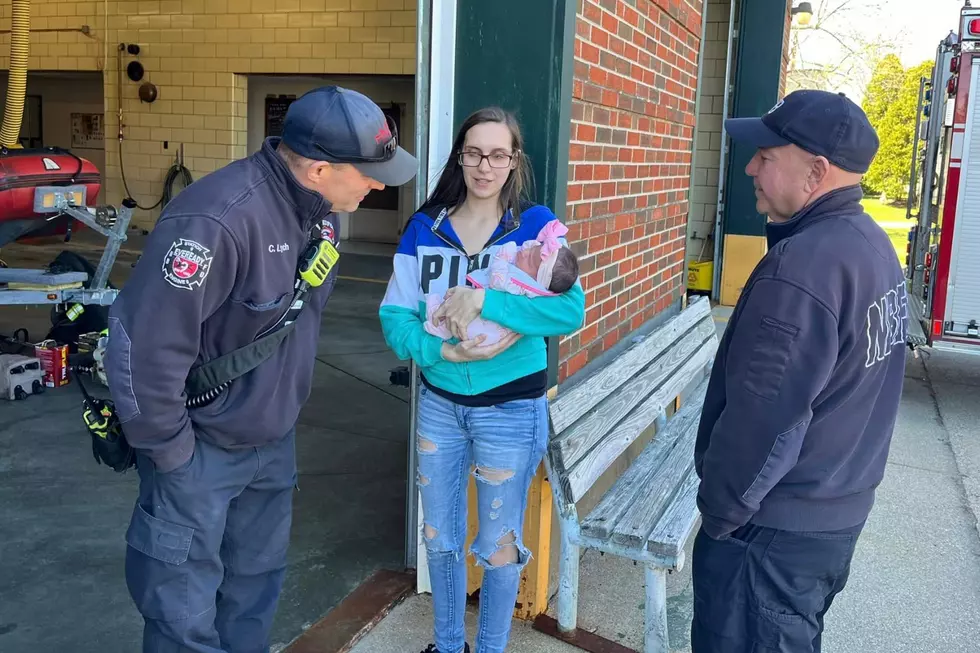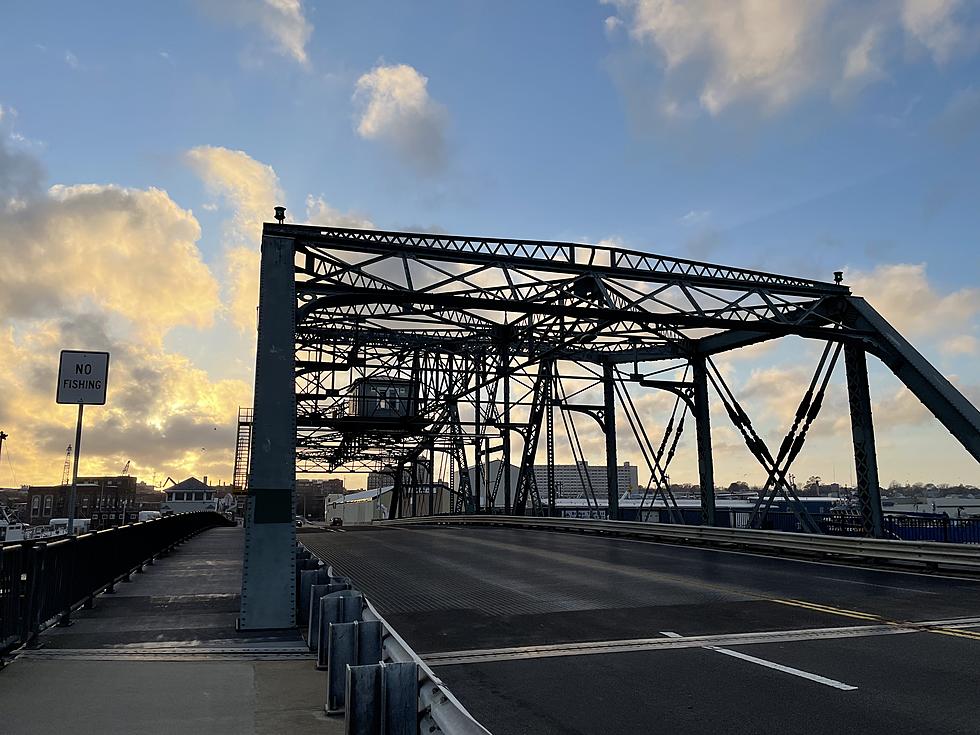
New Bedford Harbor Sees Expansion of Areas Closed to Shellfishing
NEW BEDFORD (WBSM) — The Department of Fish & Game’s Division of Marine Fisheries is closing more of Buzzards Bay to shellfishing due to outfalls from wastewater treatment facilities in New Bedford and Fairhaven.
The DMF announced today a plan to expand the “Prohibited” safety zone for shellfishing in New Bedford Harbor, which currently encompasses 6,901 acres due to the outfall from the treatment plants.
To ensure compliance with the National Shellfish Sanitation Program standards, a preliminary model suggested that 103,000 acres of Buzzards Bay would need to be reclassified as “Prohibited.”
However, the DMF will instead opt for an interim reclassification plan that will only expand the “Prohibited” zone by another 11,310 acres.

It will also “reclassify surrounding areas in Buzzards Bay as ‘Conditionally Approved,’ or open to harvest except under emergency conditions like sewage overflows,” the DMF stated in a release.
According to the DMF, their plan reduces the amount of area that would need to be closed under FDA guidance by 82 percent.
“The interim reclassification plan, effective immediately, takes necessary measures to protect shellfish consumers while minimizing impacts to historic aquaculture businesses, commercial shellfishing, and recreational shellfishing,” the DMF stated.
According to the DMF, the area that is being closed is only used for dredging for quahogs, and there will only be two harvesters that will be affected. Those harvesters also dredge in other areas as well that will not be affected.
One effect of the new classification will be the sale of shellfish to Europe. According to a DMF official, the European Union will not accept shellfish from areas that are “Conditionally Approved,” so those that farm or harvest within those areas will not be able to sell their product to European countries.
The changes will also affect the City of New Bedford’s plan to develop an aquaculture industry in the area of Clark’s Cove. According to a DMF official, shellfish could still be put out to seed in the area and grow to up to 25 millimeters in size. However, the shellfish would then need to be sold and transported to clean areas in order to grow to full size.
The official said there would be no areas in New Bedford where the shellfish could grow to the adult stage.
How Has New Bedford Responded to the Shellfish Reclassification?
The New Bedford Port Authority took issue with not only the changes but also the way in which the reclassification was communicated to the NBPA and the City.
In a letter to DMF Director McKiernan, NBPA Executive Director Gordon Carr stated he was writing to express “the deep concerns of the NBPA and the City regarding the extent of the proposed closure and the multiple unknowns and/or inconsistencies in the data used to support the closure.”
Carr stated the NBPA was informed of the study examining the wastewater outfall effects in mid-2023, and that the DMF ensured there would be meetings with Mayor Mitchell in advance of any actions.
However, he also stated the DMF delayed giving the City the report and “presented the reclassification of New Bedford waters as a fait accompli” to Mayor Mitchell on March 7, and made the decision public just two business days later without allowing the City to provide feedback or questions.
Carr also included a list of 19 such questions and concerns in his letter to McKiernan.
READ MORE: attachment-NBPA Letter Regarding DMF Shellfish Reclassification
New Bedford Ward 1 Councilor Leo Choquette chairs the council’s environmental committee and has scheduled its first meeting on Wednesday, April 17 at 7 p.m., which he said was the earliest possible date he could get.
Choquette said he especially wants to know more about the outflow from the wastewater treatment plant.
“I’m currently looking to bring in folks who are knowledgeable on this issue to present to the committee in the effort that we’ll find a way that we don’t continue to injure other communities,” he said. “What’s happening here is going to not only injure shellfishing, and maybe even humans, but definitely affect the tourism industry if we don’t put the reigns on it.”
Choquette called the fact that the European Union won’t allow shellfish from “Conditionally Approved” areas to be sold in its countries as a “red flag.”
“If the Europeans aren’t willing to purchase these, then that means there’s a group of folks that deem it unfit for consumption and that’s a problem,” he said. “We don’t want to be known for local waters where our shellfish beds don’t meet someone’s minimum requirements. Even if it’s OK here but not somewhere else, to me that’s a red flag.”
What Are the Real Concerns About the Shellfish?
“While it's difficult to see any additional areas closed to shellfishing, these actions are necessary to comply with national standards and protect consumers from real public health risks,” Department of Fish & Game Commissioner Tom O’Shea said.
The concern is that outflow from wastewater treatment, although treated to the point that humans can swim in it, can still contain a fair amount of E. coli bacteria, which can lead to a number of gastrointestinal issues such as diarrhea or vomiting, or even more severe afflictions.
A DMF official made it a point to say that the issue here is not with the wastewater treatment plants and how they process the outflow, but rather the way the shellfish process that water.
Shellfish are filter feeders and as such are highly vulnerable to contamination from polluted waters. Because of this, the DMF closely monitors the bacterial and viral levels in shellfish and will be expanding that monitoring to further understand the impact of the wastewater treatment plant discharges.
That extended monitoring may lead to more areas of Buzzards Bay being reclassified and could lead to the "worst case scenario" of the full 103,000 acres being "Prohibited" for shellfishing, but a DMF official said that was unlikely because there has been no history of human illness as a result of the shellfish taken from those waters.
Areas that are considered “Approved” for shellfishing only need to be tested for contaminants five times per year; as part of the DMF’s plan, the “Conditionally Approved” areas would be tested monthly.
How Much Testing Must Occur Before Things Can Change?
According to a DMF official, the FDA would be looking for at least a year’s worth of testing before making any changes, in order to see the effects of the weather and the seasons on the viral load of the shellfish.
“This interim reclassification plan, necessary to sustain commercial shellfishing and interstate commerce, maximizes access to shellfishing opportunities under current regulations and preserves aquaculture operations that are important to the region,” said DMF Director Dan McKiernan.
10 Reasons Why You Shouldn't Move to New Bedford
Gallery Credit: Barry Richard
The 10 Most Terribly Mispronounced Cities and Towns in Massachusetts
Gallery Credit: Google Maps
More From WFHN-FM/FUN 107









